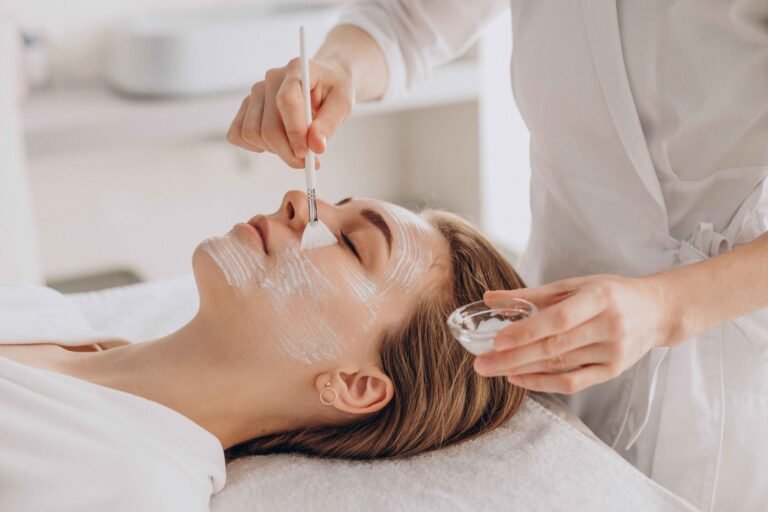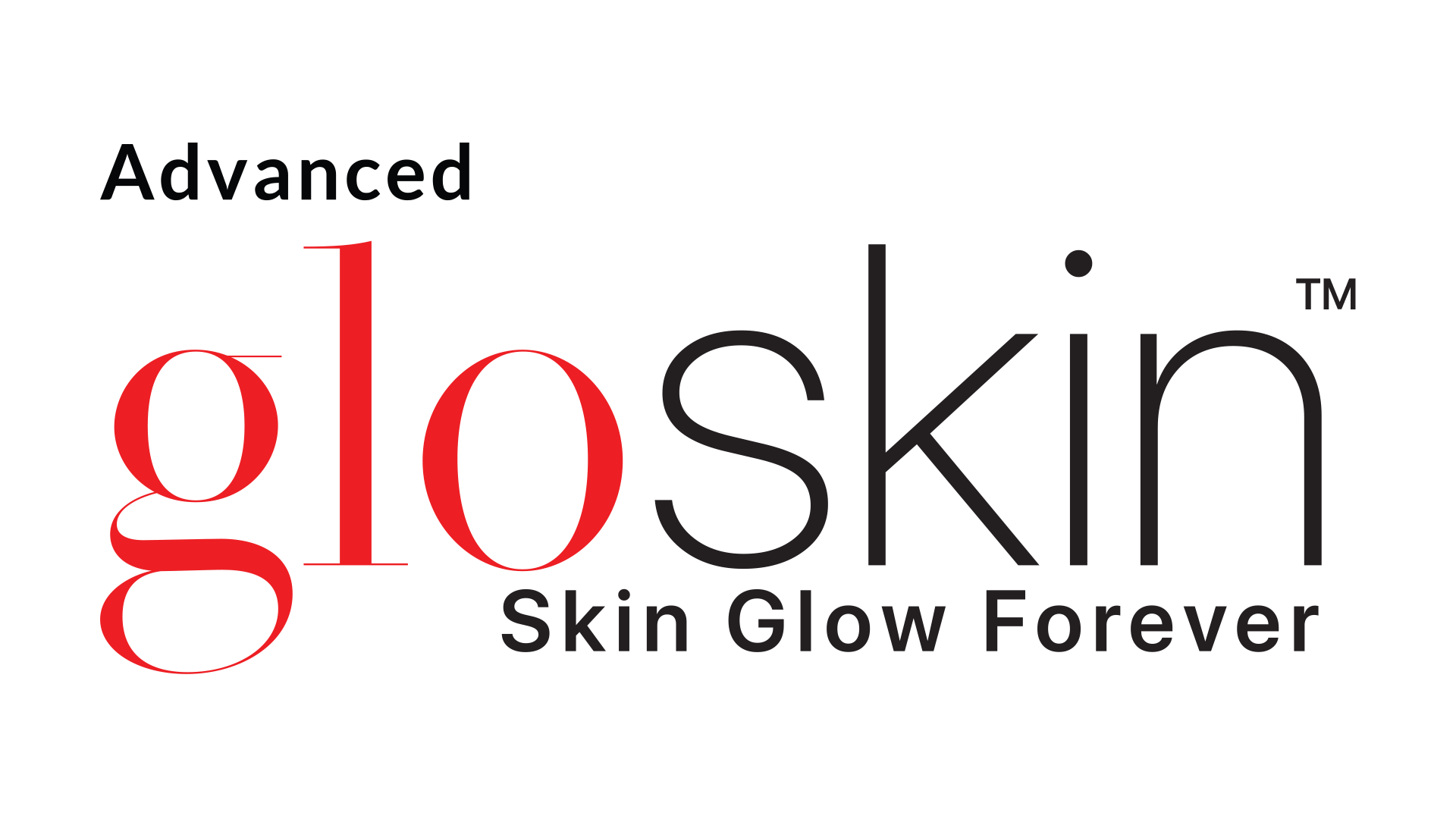
Hyperpigmentation, a common dermatological concern, describes patches of skin that become darker than the rest of the skin. There are different types, and with these come different causes and suitable treatment types.
Probably the most common types of hyperpigmentation are sun spots, melasma, and post-inflammatory hyperpigmentation. All three can affect all skin colours and genders.
So, let’s break it down…
Melasma
Often referred to as ‘the mask of pregnancy”—a bit confusing because men can be affected—it is most common in women, especially during pregnancy. It is believed to stem from the melanocytes—the skin cells that produce pigment—overproducing melanin (pigment). The true cause is not known, but hormones are thought to contribute to melasma development, most commonly hormonal birth control pills and pregnancy. Thyroid problems and some medications, including anti-epileptics, are also thought to be factors.
Melasma is most often seen on the face, specifically the forehead, nose, upper lip, chin, and cheeks, and it sometimes resembles the shape of a butterfly when it affects all these areas at once.
Melasma is not life-threatening, painful, or contagious; however, it can be upsetting to those of us who suffer from it. Unfortunately, there is no cure for this form of hyperpigmentation; however, there are powerful treatments that can help you manage it.
Where possible, it’s advised to avoid known contributors to melasma, such as hormonal drugs. The sun and sun beds can make melasma worse, so please avoid actively tanning yourself; grab yourself some fake tan. Not only will your melasma thank you, but your skin will also be less prone to premature ageing (wrinkles, thin skin, age spots) and, of course, skin cancer.
Skin treatment for melasma
Our ‘go-to’ treatment for melasma is the yellow peel. There are no laser treatments that are allowed to treat melasma, but, in our experience and opinion, the yellow peel option is safer for melasma and offers extremely good results. Laser treatment, although it can be very effective, runs the risk of stimulating melasma and ultimately making it worse.
Yellow peel is a powerful treatment system that includes prescription-strength and clinically proven ingredients that aren’t available ‘over the counter’. This treatment works at a cellular level, promoting skin cell turnover and allowing old and damaged cells to be replaced with healthy new cells. This not only helps to reduce signs of melasma, but it also improves signs of skin ageing (what’s not to like about that?).
Chemical peel melasma
We can combine the yellow peel treatment with the Melan peel to further enhance your outcome. This chemical peel is one of the least irritating of all the peels because of its large molecular size. This means it’s released into the skin slower than other chemical peels; therefore, melan and nomelon peels can even treat very sensitive skin types, including super sensitive Rosacea skin types.
The gentle yet powerful exfoliation that melan peels offer enhances your skin’s regeneration mechanism, in turn helping to break down and eventually shed some of those hyperpigmented skin cells. Melan peels and nomelan peels also help to reduce inflammation in the skin, which is known to stimulate melanin production. This is one of the reasons we choose these treatments over lasers, which can cause skin inflammation.
The best chemical peel for melasma: Yellow peels are a non-irritating yet powerful treatment for melasma. It can be used as a stand-alone treatment, but ideally, it’s used within a treatment plan for melasma, as this condition often requires a multi-pronged approach.
Chemical peels for post-inflammatory hyperpigmentation (PIH)
This form of hyperpigmentation is the result of inflammation in the skin, commonly from spots or skin injuries such as a burn or cuts.
Sunlight can cause this type of hyperpigmentation to worsen, so a daily SPF of 30+ is strongly advised for all skin types, especially darker skin types, which are naturally more prone to this concern.
Tip: Get your products to multitask. Think of your SPF as a daily moisturiser; you don’t need to use an additional moisturiser when you’re wearing an SPF cream because it does the same job of forming a barrier on your skin to prevent moisture from leaving it. Plus, you can get some amazing daily SPF creams that contain antioxidants and other active ingredients, helping you to further eliminate multiple steps in your skincare routine. We’re all about skincare products that make life easier!
Salicylic acid chemical peels
While PIH can occur in all skin types, darker skin types are more susceptible to this skin concern. Salicylic acid chemical peels are especially safe and effective for those with darker skin. The peel can encourage exfoliation of the skin, allowing the more superficial pigment to shed with the exfoliated skin.
Additionally, salicylic acid is often used to help control oily skin, and, importantly, it has anti-inflammatory properties that help reduce the inflammation from the spots so that pigmentation is less probable. Therefore, it’s well suited to those who suffer from PIH from acne—two birds, one stone.
SA’s natural anti-inflammatory properties mean that the peel itself is less likely to cause inflammation of the skin, thus reducing the likelihood of the treatment itself causing PIH in those prone to it.
SA peels are milder than most TCA treatments, so it’s likely that you would require more of these treatments in comparison, but in some skin types, a slower, milder approach is required to help avoid side effects, including further PIH.

